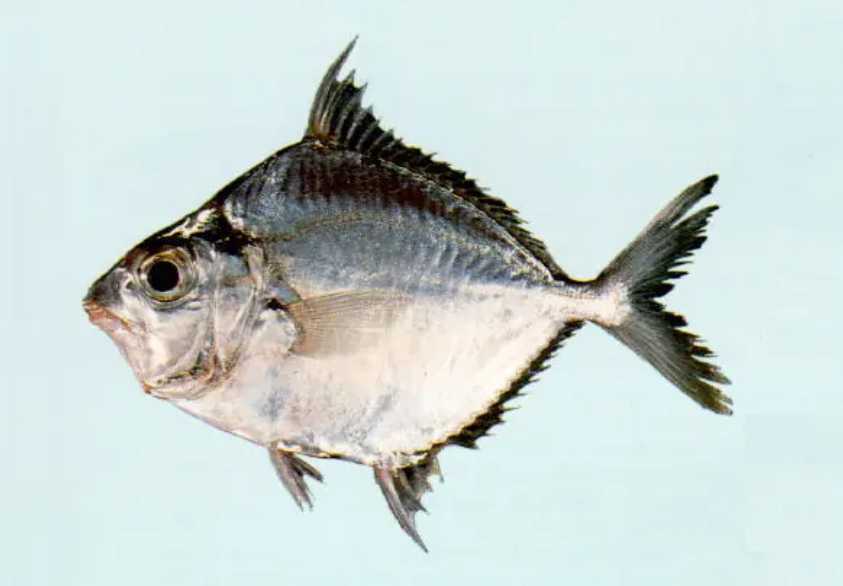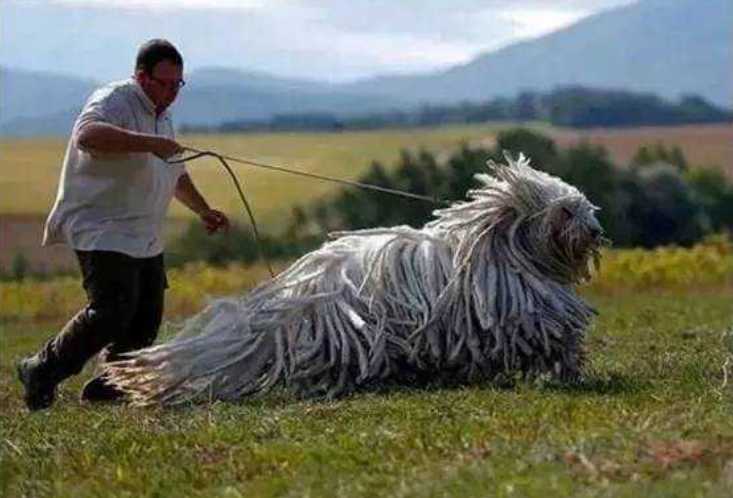Leiognathus brevirostris: The Short-Snouted Ponyfish of Shallow Seas
Leiognathus brevirostris, commonly known as the short-snouted ponyfish, is a diminutive yet distinctive species within the Leiognathidae family. Inhabiting the warm, shallow waters of the Indo-Pacific region, this fish is celebrated for its unique physical characteristics and ecological significance in coastal and estuarine ecosystems.

Source: Images from the Internet, if there is any infringement, please contact the removal of
Growing up to 15 centimeters in length, the short-snouted ponyfish features a laterally compressed, oval-shaped body with a silvery hue. Its most defining trait is the short, rounded snout, significantly shorter than the diameter of its large, reflective eyes. The body is adorned with a smooth layer of small scales, and a faint, dark spot often appears at the base of the pectoral fins, adding to its distinctive appearance. The dorsal fin is divided into two sections: a spiny anterior part and a soft-rayed posterior part, which work in tandem to enable agile swimming among seagrass beds and sandy substrates. The mouth is small and protractile, perfectly adapted for sifting through sediment to feed on tiny invertebrates, such as copepods, amphipods, and small crustacean larvae.
Native to sheltered bays, lagoons, and the lower reaches of estuaries, Leiognathus brevirostris thrives in waters less than 15 meters deep. It is a highly social species, often forming dense schools that move in synchronized patterns, using their lateral lines to detect changes in water pressure and coordinate movements. By day, the schools seek refuge in the shade of mangrove roots or among submerged vegetation, emerging at night to forage actively. During the breeding season, typically in the warmer months, females release pelagic eggs into the water column, which are fertilized externally and carried by currents until hatching. Juveniles rely on the protective habitats of seagrass meadows, where the dense vegetation provides both shelter from predators and abundant food sources.
While not a major target for commercial fisheries due to its small size, the short-snouted ponyfish plays a crucial role in coastal food webs as a primary prey species for larger fish, birds, and marine mammals. It also contributes to the overall health of shallow ecosystems by consuming benthic invertebrates and aiding in nutrient cycling. However, like many estuarine-dependent species, it faces threats from habitat degradation, including mangrove deforestation, pollution from agricultural runoff, and coastal urbanization. These activities reduce the availability of suitable feeding and breeding grounds, impacting both juvenile and adult populations. Conservation efforts focused on preserving and restoring estuarine habitats, along with promoting sustainable land use practices, are essential to maintaining the delicate balance of coastal ecosystems and ensuring the long-term survival of Leiognathus brevirostris.
-------- END --------






